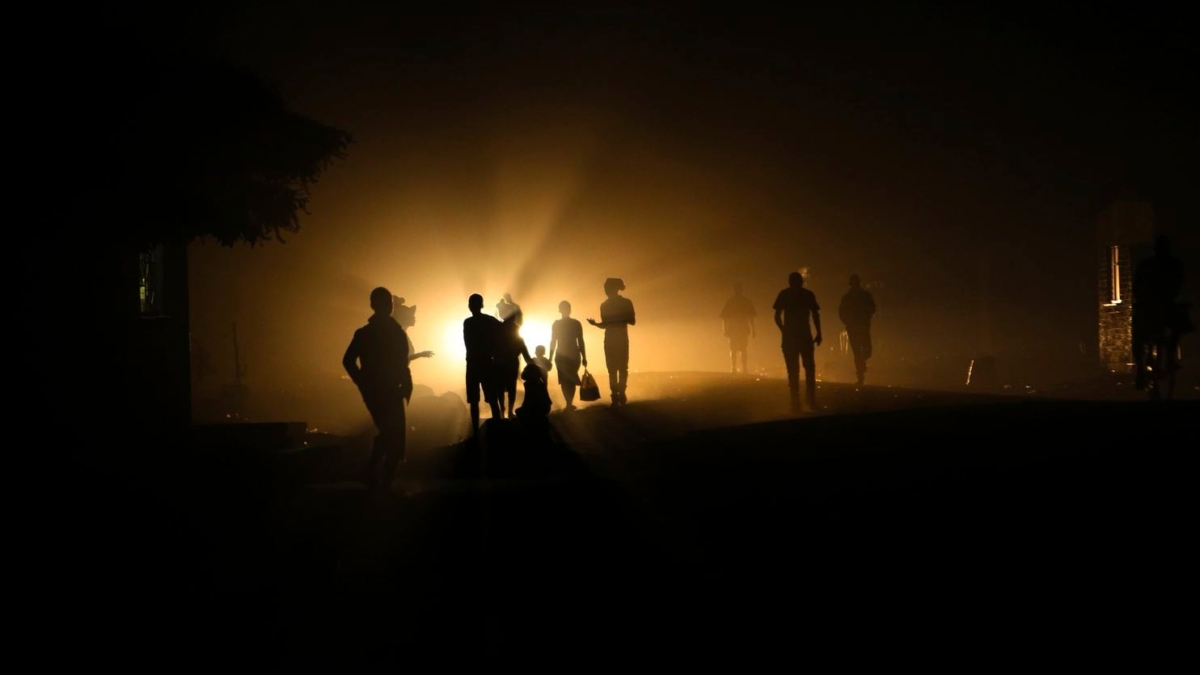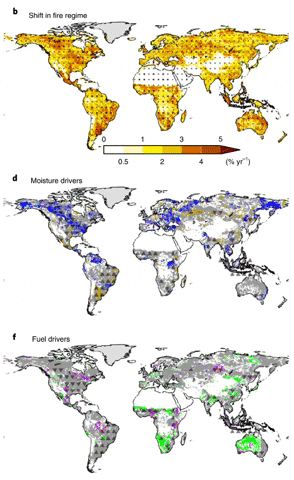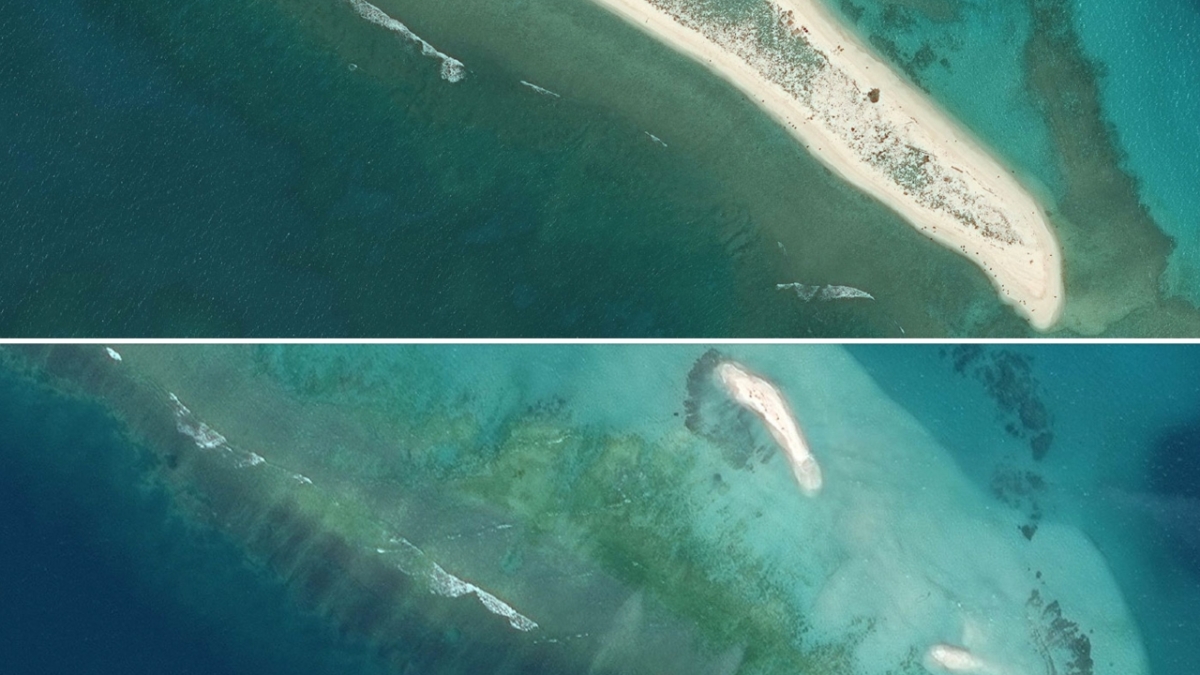South Texas farmers are in peril as the Rio Grande Valley runs dry, again – “Without water, what are we using to grow our crops? What are we able to pay back those loans with?”

By Berenice Garcia
18 April 2024
MERCEDES, TEXAS (The Texas Tribune) – Across the street from a red barn, a 40-acre field once covered by a sea of green sugar cane leaves now sits dry and thirsty.
Irrigation water is dangerously elusive for the fields of the Rio Grande Valley. Mike England, who owns England Farms and Cattle Company located 29 miles east of McAllen, raises cattle and has grown several types of crops including cotton, corn and — until recently — sugar cane.
Earlier this year, the state’s last sugar mill closed due to a lack of water — effectively ending the decades-old industry. In recent years, the mill yielded 160,000 tons of raw sugar and 60,000 tons of molasses, according to the sugar mill. It also employed about 500 workers in a normal production year.
England had no choice but to destroy the 500 acres worth of sugar cane he’d grown.
“And now that I don’t have any water, what am I going to plant there?” England said.
Several factors contribute to the Valley’s water scarcity, including a lack of rainfall and Mexico’s slow delivery of water to the United States under the terms of a 1944 treaty. Levels at the Amistad International and Falcon International reservoirs are dire. And the Rio Grande Basin reached record low levels last fall and has not improved, according to a report from the National Weather Service in Brownsville.
England lobbied Hidalgo County officials to issue a disaster declaration in hopes of raising awareness on farmers’ plight at the state and national level.
He’s been successful. On Tuesday, Hidalgo County commissioners extended a disaster declaration issued by the county’s highest-elected official, Judge Richard F. Cortez, citing “exceptional drought conditions.”

The declaration does not impose water restrictions. Those decisions are left up to individual water systems. Cities in South Texas are putting those into place already, ahead of the summer’s hottest days.
McAllen, the largest city in Hidalgo County with more than 144,000 residents, is currently under Stage 2 of their Water Conservation and Drought Contingency Plan, which is triggered when water supply from Amistad and Falcon Dam are below 25%. Levels are currently at 22%, according to Mark Vega, general manager of the McAllen Public Utility.
At Stage 2, the city limits the use of water sprinkling systems for residences and businesses. It also limits water for washing vehicles with exceptions for commercial car washes, and restricts the refilling or adding of water to swimming pools.
Just east of Hidalgo County, Cameron County Judge Eddie Treviño, Jr., also issued a disaster declaration on Monday.
Also in place is Gov. Greg Abbott’s own disaster proclamation stemming from the 2022 drought — the worst in a decade. It applies to dozens of counties including Hidalgo and Cameron counties, authorizing the use of all state resources to reasonably cope with the disaster. Abbott renewed the declaration this month.
Brian Jones, a state director for the Texas Farm Bureau and a fourth generation farmer, met with U.S. State Department officials this week to stress the need to pressure Mexico into releasing more water. Under terms of the 1944 treaty, Mexico is required to deliver water to the U.S. from six tributaries that feed into the Rio Grande. In exchange, the U.S. delivers water from the Colorado River to Mexico.
The treaty requires the Mexican government to release 1,750,000 acre-feet of water every five years for an average annual amount of 350,000 acre-feet. The current five-year cycle doesn’t end until October 2025, so while Mexico hasn’t yet violated the terms of the treaty, it is behind on its water deliveries by more than 700,000 acre-feet as of April 6, according to International Boundary & Water Commission, the agency tasked with overseeing the water and boundary treaties.
Mexican officials cite their own drought conditions for their inability to deliver water to the U.S. The treaty provides for some flexibility depending on the severity of the drought. But Frank Fisher, public affairs chief for the commission, said there are political factors there that are complicating the situation. …
In his 38 years of planting, Jones said 2024 is his first without irrigation water, which affects row crops such as sorghum, cotton and corn as well as specialty crops such as vegetables and citrus. Jones warns they’re all on the verge of meeting the same fate as the sugar cane industry.
Jones believes the citrus industry could fall next given that the industry consists of permanent trees that need additional water to produce a crop on top of the water they need to stay alive.

Overall, the Valley stands to lose $495.8 million this year in total crop production, according to a December report from Texas A&M AgriLife Extension.
Jones is already feeling those losses –– he only planted half his farm this year. He’s had to cut employees entirely and cut back the hours of others.
England has resorted to the same measures.
“It kills me because these guys are some of the best people I’ve ever known,” England said. “One of them has worked for me for 40-some-odd years. We were just past teenagers when he started here. You think I liked laying him off?”
While both farmers hope the state department leans on Mexico to fulfill its water obligations, Jones doesn’t believe Mexican officials have any intention of releasing water any time soon.
“They’re keeping it, they’re using it,” Jones said. “They’re growing products that are competing with our products.”
Jones, echoing a familiar and drastic refrain, said it would take a hurricane or other major tropical event for them to make up their large deficit by October 2025. […]
“Without water, what are we using to grow our crops? What are we able to pay back those loans with?” Jones said. [more]
South Texas farmers are in peril as the Rio Grande Valley runs dry — again


